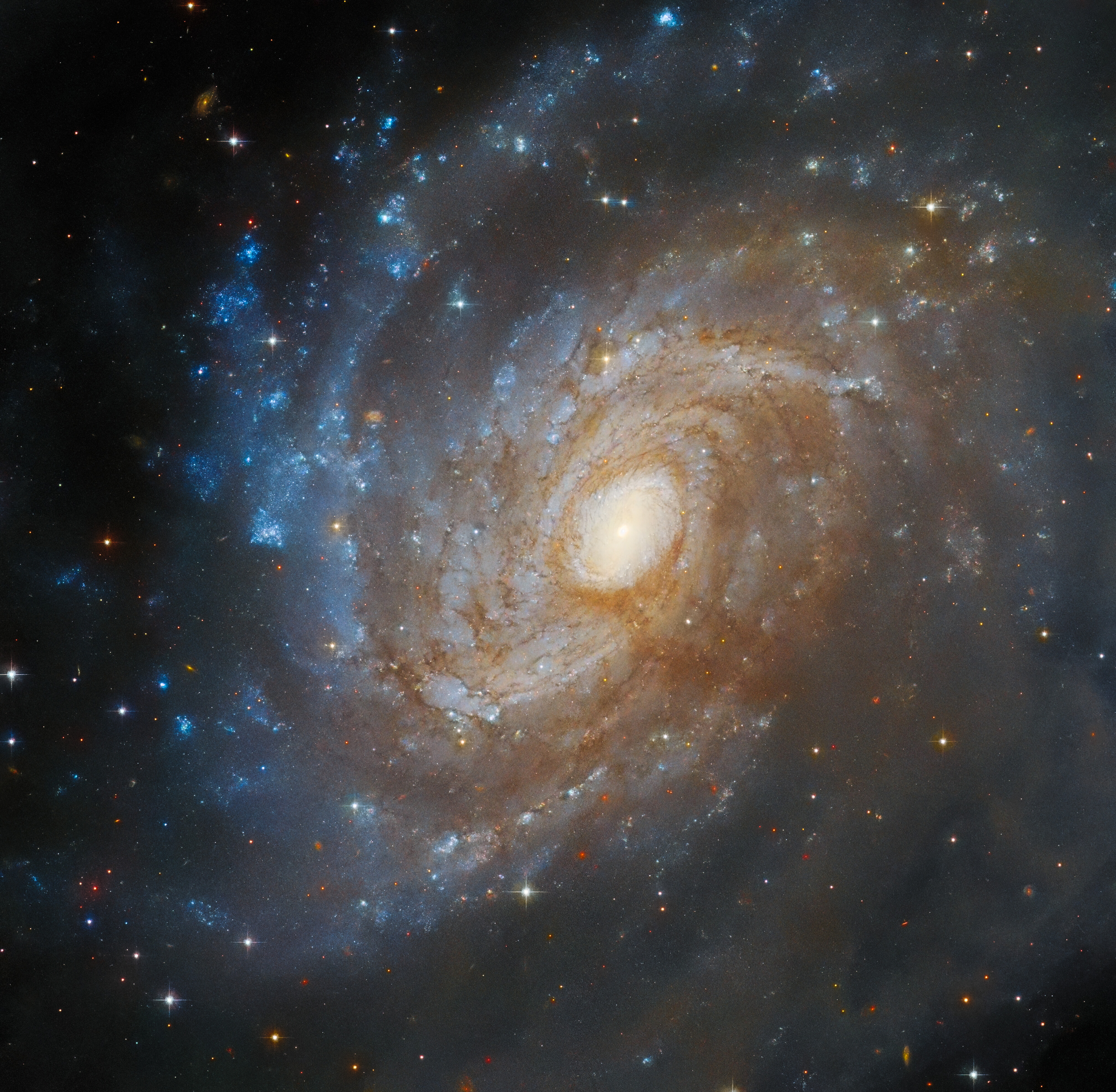4 min read
RELEASE : 06-007
NASA's Hubble Reveals Thousands of Orion Nebula Stars
In one of the most detailed astronomical images ever produced, NASA's Hubble Space Telescope captured an unprecedented look at the Orion Nebula. This turbulent star formation region is one of astronomy's most dramatic and photogenic celestial objects.
"Orion is a bustling cauldron of activity. This new large-scale Hubble image of the region reveals a treasure-house of beauty and astonishing detail for comprehensive scientific study," said Jennifer Wiseman, NASA's Hubble program scientist.
The crisp image is a tapestry of star formation. It varies from jets fired by stars still embedded in their dust and gas cocoons to disks of material encircling young stars that could be the building blocks of future solar systems.
In a mosaic containing a billion pixels, Hubble's Advanced Camera for Surveys uncovered thousands of stars never seen before in visible light. Some are merely one-hundredth the brightness of previously viewed Orion stars.
Among the stars Hubble spotted for the first time in visible light in Orion were young brown dwarfs and a small population of possible binary brown dwarfs (two brown dwarfs orbiting each other). Brown dwarfs are so-called "failed stars." These cool objects are too small to be ordinary stars, because they cannot sustain nuclear fusion in their cores the way the sun does. Comparing the characteristics of newborn stars and brown dwarfs in their natal environment provides unique information about how they form.
"The wealth of information in this Hubble survey, including seeing stars of all sizes in one dense place, provides an extraordinary opportunity to study star formation," said observation leader Massimo Robberto of the Space Telescope Science Institute, Baltimore. "Our goal is to calculate the masses and ages for these young stars, so that we can map their history and get a general scenario of the star formation in that region. We can then sort the stars by mass and age and look for trends."
Orion is a perfect laboratory to study how stars are born, because it is 1,500 light-years away, a relatively short distance within our 100,000 light-year wide galaxy. Astronomers have a clear view into this crowded stellar maternity ward, because massive stars in the center of the nebula have blown out most of the dust and gas in which they formed, carving out a cavity in the dark cloud of gas and dust.
"In this bowl of stars we see the entire formation history of Orion printed into the features of the nebula: arcs, blobs, pillars, and rings of dust that resemble cigar smoke," Robberto said. "Each one tells a story of stellar winds from young stars that impact the environment and the material ejected from other stars. This appears to be a typical star-forming environment. Our sun may have been born 4.5 billion years ago in a cloud like this one."
This extensive study took 105 Hubble orbits to complete. All imaging instruments aboard the telescope were used simultaneously to study Orion. The Advanced Camera mosaic covers approximately the apparent angular size of the full moon.
The Hubble Space Telescope is a project of international cooperation between NASA and the European Space Agency. The Space Telescope Science Institute conducts Hubble science operations. The Institute is operated for NASA by the Association of Universities for Research in Astronomy, Inc., Washington.
Robberto presented the findings today at the 207th meeting of the American Astronomical Society in Washington. For images and information about this research on the Web, visit:
- end -
NASA press releases and other information are available automatically by sending a blank e-mail message to hqnews-subscribe@mediaservices.nasa.gov. To unsubscribe from this mailing list, send a blank e-mail message to hqnews-unsubscribe@mediaservices.nasa.gov.







